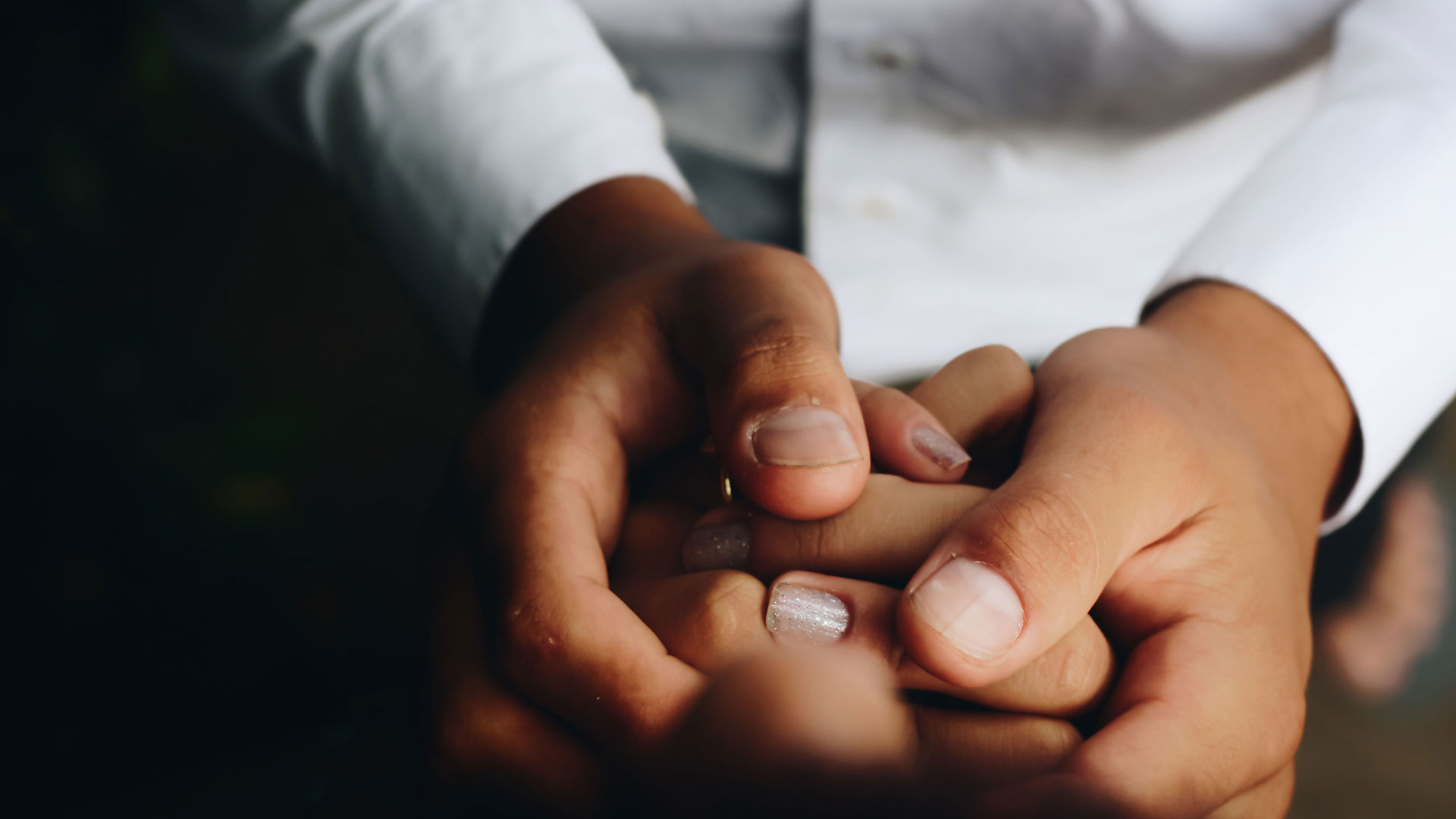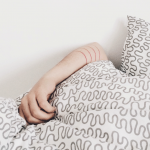
02 May Helping Children Tackle Anxiety With This Treatment Program
By the time they reach adulthood, one in five Australian children will have experienced an anxiety disorder at some time in their lives. This world-renowned Australian psychology program is helping our kids tackle anxiety.
The causes of childhood anxiety are hard to discern, but we do know what perpetuates it, says Dr Lauren McLellan, a clinical psychologist and postdoctoral research fellow with the Centre for Emotional Health at Sydney’s Macquarie University.
“The biggest factor that maintains anxiety is avoidance,” she states.
“When children avoid an anxiety-provoking situation, they don’t get the opportunity to learn, 1) that it’s not as bad as they thought, and 2) that they can cope. That means their anxiety is likely to be greater, and a vicious cycle starts.”
Lauren says that while there may be some genetic contribution, there is not necessarily an ‘anxiety gene’. “But we definitely know it can be modelled,” she says.
How to Diagnose It
When does plain anxiety become an anxiety disorder? Lauren sets out these criteria: “Any time your child is reacting in a way that is out of proportion to the danger; when you see a repeated pattern (not a one-off case); when they show changes in their behaviour such as avoidance or distress; or when it’s starting to impact on the child’s life, such as avoiding making friends or struggling with school work or having sleep difficulties, or impacting on the family’s life because parents need to spend a lot of time attending to the issue – then it’s time to investigate.”
Anxiety typically appears in children aged six and above.
In the early years, it is more likely to show up as phobias about an object or situation, or separation from parents. As children get older, it tends to manifest as excessive generalised worrying about everyday things, or as social concerns (“What will others think of me?”).
One of the most common symptoms is psychosomatic ailments like stomach and headaches, insomnia and racing thoughts because they’re easy to identify. “All these physiological symptoms reinforce anxiety because they’re real responses, but in this case to fear, not an actual danger.”
Cool Kids
Macquarie University’s Cool Kids is a skills-based CBT (cognitive behavioural therapy) program for children aged 7-17. It is individual therapy with the child and a parent or carer present. Since it was developed in 1993, it has been translated into over 10 languages and has helped thousands of children worldwide.
It works on two key pillars, Lauren explains. “Firstly, it encourages kids to face their fears by putting them in situations that scare them. We use a ‘stepladders’ approach to help them do this in a gradual, structured way with support.
Secondly, it helps kids shift their thinking. It helps them to understand that they are feeling more danger than they really need to and to consider other possibilities. We help them to think differently, and therefore feel differently.”
“What If…?”
Eight-year-old Jenna completed Cool Kids when her anxiety about school computer class became obsessive. “She has always been a generalised worrier,” says her mother, Tonya*. “By Year 2, it was getting worse. She felt out of her depth in the computer class, worried that she was falling behind, and fretted she would get in trouble. It was affecting her sleep a couple of days before. It was quite draining as a parent to manage.”
Cool Kids had Jenna use ‘detective thinking’ where she wrote down four or five answers to the question ‘If this happens, what do I do?’ the night before, and put the list in her pencil case. “It gave her confidence that she could rely on herself instead of on friends or the teacher,” says Tonya. Tonya and Jenna completed a new online version of Cool Kids from home. “Ironically, the course was on a computer but she liked it. It got to the point where she enjoyed computer class.”
Riding High
Eleven-year-old Josh’s* fears began as separation anxiety with sleep issues at the age of two and extended to fear of failure at school, fear of unfamiliar surroundings, fear of something bad happening to the family, and fear of someone breaking into the house, as he got older. “The intensity of his anxiety around bedtime impacted on his younger brother and sister as well as on our marriage,” says his mother, Diana*. (Josh wouldn’t even ride his bike around the block because he was afraid of getting lost).
The Cool Kids program showed the family how to break down scary situations into smaller, more achievable goals.
“We started by riding while I drove beside him or slightly in front. He then rode to the end of our street and back, while I watched from the footpath. Next, he rode independently around the block. He did this several times until he no longer felt anxious. We then extended the route along a familiar road, where he rode to a point, then came straight back.
After that, he rode to his new school and back along the same route, then he followed a circuit past his new school and kept going until he made it home. At each stage, he had to practise until it didn’t provoke a strong anxiety response. It was important that each step was only slightly more challenging than the last one, otherwise, he would refuse to attempt it. Now he rides to and from school without any worries, and when he does get lost, he doesn’t panic – he figures it out!”
Diana used the online format of Cool Kids as Josh refused to see a psychologist face-to-face. “Our GP had given us a referral to see a psychologist, but Josh refused to cooperate. Delivering the information via a screen also meant we could revisit the lesson material at another time. Every Cool Kids technique was clearly explained with examples and ‘model children’ which were easy for Josh to relate to. Another bonus was the one-on-one time – as Josh’s coach, I had to work through the lesson and practise tasks with him each week, enjoying the ‘time out’ from busy family life. It was intensive, but it was worth it. I couldn’t recommend Cool Kids highly enough! I am thrilled to report that Josh now goes to sleep alone, at a much more reasonable time of night, and the majority of his worries are no longer an issue. I wouldn’t say that his anxiety is ‘cured’ – he will always be an over-thinker. But most importantly, he has learned that he is able to cope in challenging situations because he has an armoury of tools at his disposal. And we have our evenings back!”
Tips to Control Anxiety
Macquarie University’s Dr Lauren McLellan has this advice to manage your child’s anxiety:
- Encourage your child to be brave – put them in the very situations they fear.
- Try not to jump in to ‘save’ them too soon. We want them to learn we think that they can cope.
- Help them see more realistic alternatives: “What would your friends do in this situation?”
- Get help. A child with anxiety can be challenging. Don’t feel you have to have all the answers.
A number of psychologists around Australia are accredited to offer the Cool Kids program, and it is offered as a 10-session, 10-week face-to-face program at the Centre for Emotional Health Clinic at Macquarie University in Sydney.
An 8-lesson, 10-week online version of the program is available nationally for children seven to 12. Utilising the parent as a coach, it uses animations, illustrations, activity sheets and real-life tasks, with extra tips and weekly telephone support to the parent coach from clinicians. You can register your interest now at mq.edu.au/ceh-clinic, email ehc.admin@mq.edu.au or call (02) 9850 8711.
Also available is Cool Kids and Adolescent Health (7-17 yrs) for kids experiencing ongoing psychosomatic concerns (available via Skype/telephone), and Cool Kids Taking Control Online (7-12 yrs), an online course for children experiencing peer victimisation and anxiety.
* Names have been changed.
Image by Matheus Ferrero




